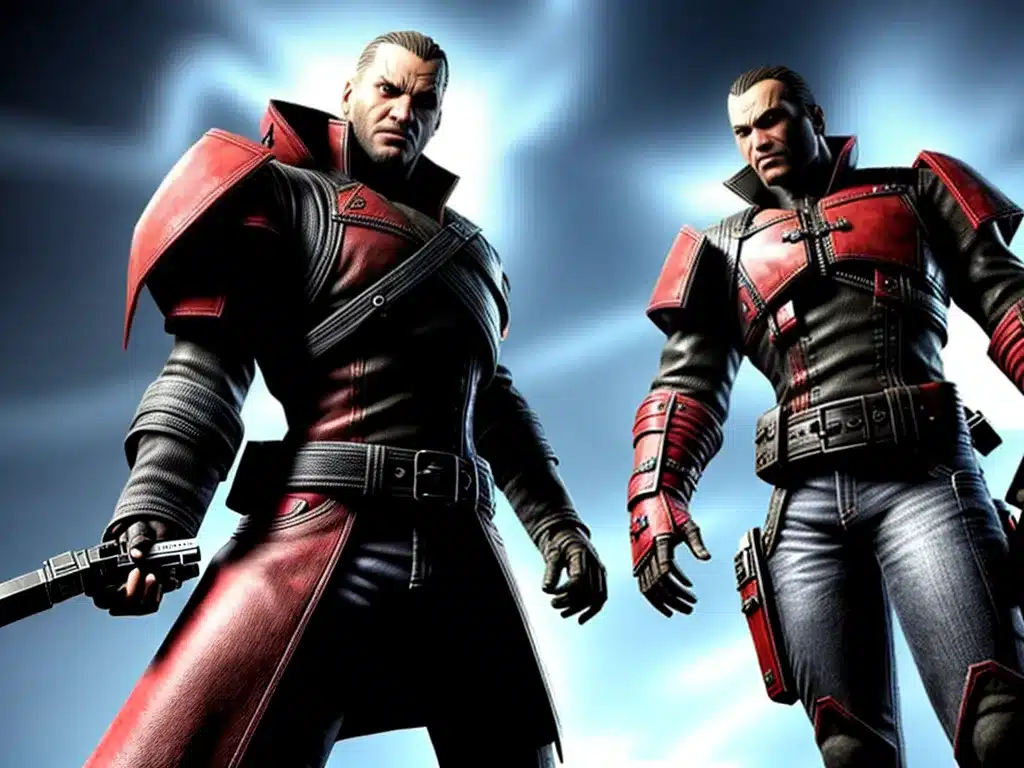
The world of gaming is filled with incredible experiences that transport us to new worlds and allow us to live out our fantasies. However, it also has its fair share of major disappointments. These are the games that fail to live up to lofty expectations and hype, leaving a sour taste in the mouth of excited gamers. As a longtime gamer and industry observer, I wanted to take a deeper look at some of the biggest gaming letdowns and explore what exactly went wrong with these highly anticipated titles.
No Man’s Sky – Vast but Empty Promises
The Hype
When No Man’s Sky was first revealed in 2013, it immediately captured the imagination of sci-fi fans. The procedural generated open universe containing over 18 quintillion planets sounded impossibly ambitious and exciting. As more details emerged, the hype only intensified. Terms like “infinite exploration” and “limitless possibilities” fueled visions of the ultimate space adventure.
What Went Wrong
However, upon No Man’s Sky’s release in 2016, gamers were crushed to find its infinite universe felt barren and repetitive. While the visuals were stunning, each planet lacked unique or compelling features to reward exploration. The radical procedural generation also meant a lack of handcrafted set pieces and meaningful narrative. Promised multiplayer features were missing entirely.
The Fallout
The backlash was swift and fierce. Gamers felt that Hello Games had over promised on features that ended up cut for release. This disappointment was exacerbated by the $60 price tag for an indie studio game. While updates have since added missing features like multiplayer and base building, No Man’s Sky serves as a cautionary tale about managing expectations.
Fallout 76 – A Buggy Wasteland
The Hype
The Fallout series has steadily built its reputation for post-apocalyptic roleplaying over two decades. So when Bethesda announced Fallout 76 in 2018, fans were thrilled at the prospect of exploring the iconic wastelands with friends for the first time. The idea of playing together in an always-online open world set in the beloved Fallout universe seemed incredibly promising.
What Went Wrong
Yet when the game launched, fans encountered a mess instead of the fun they expected. Fallout 76 was riddled with technical issues from bugs and glitches to unstable servers. But worse was the lack of living human NPCs that made the world feel empty compared to past Fallout games. Fans roasted the game as feeling like a cheap cash grab relying on the brand name rather than a meaningful evolution for the franchise.
The Fallout
While Bethesda has worked diligently to improve stability and add missing features like NPCs, the damage was done. Fallout 76 will go down as a landmark disappointment that failed to understand what draws people to the series. It serves as a powerful lesson about not neglecting the core elements that make a franchise work while innovating.
Mass Effect: Andromeda – Visuals Over Substance
The Hype
The original Mass Effect trilogy offered some of the most impactful storytelling of the 2000s. So expectations were sky-high when a new saga was announced in Mass Effect: Andromeda. The prospect of following a whole new cast of characters exploring distant star systems got fans dreaming about boldly going where no gamer had gone before.
What Went Wrong
Yet upon release in 2017, Andromeda felt like a significant downgrade from past games. While visuals were gorgeous, awkward animations and lackluster writing created a hollow experience. Fans lamented that exploration was prioritized over the series’ traditional emphasis on character and narrative depth. Overall, it came across as a superficial sequel chasing trends rather than advancing its own legacy.
The Fallout
Andromeda’s lukewarm reception hit hard, leading BioWare to scale back plans for DLC expansions. While patches addressed technical issues, they couldn’t inject the missing heart and soul followers came to expect. The game effectively put the acclaimed series on ice as BioWare went back to the drawing board. It remains a textbook case of failing to understand the spirit of what made a franchise special.
Cyberpunk 2077 – Unplayable on Console
The Hype
As the makers of The Witcher 3, CD Projekt Red had earned enormous goodwill going into Cyberpunk 2077. The dystopian future setting electrified fans, as did promises of an immersive open world bigger than The Witcher. Keanu Reeves’ prominent involvement further fueled the hype cycle to astronomical levels.
What Went Wrong
But when Cyberpunk finally released in late 2020, last-gen console owners were outraged to find the game nearly unplayable. It suffered constant crashes and egregious bugs even on PS4 and Xbox One systems it was designed for. While PC players had a better experience, the profoundly botched console ports damaged Cyberpunk’s reputation at launch.
The Fallout
Angry players demanded refunds in droves, and Sony even removed the game from PlayStation Store entirely. CDPR’s reputation took a massive hit seemingly overnight. While patches have since stabilized console performance, the disastrous first impression left a lasting stain. Like the others on this list, Cyberpunk serves as a powerful lesson in managing fan expectations responsibly.
Conclusion
Looking across these infamous examples, some clear lessons emerge for avoiding major gaming disappointments:
- Don’t promise features that aren’t guaranteed to make it into the final product
- Thoroughly QA test the game, particularly on the platforms you are selling it on
- Don’t lose sight of the core identity that made a franchise connect with fans
- Manage fan hype and expectations responsibly at every stage
Of course even great studios can still release major duds now and then. But heeding these principles gives them the best chance at avoiding an infamous place on lists like this in the future. Gamers are willing to forgive a lot when expectations are set fairly – but will revolt when their trust is abused.












